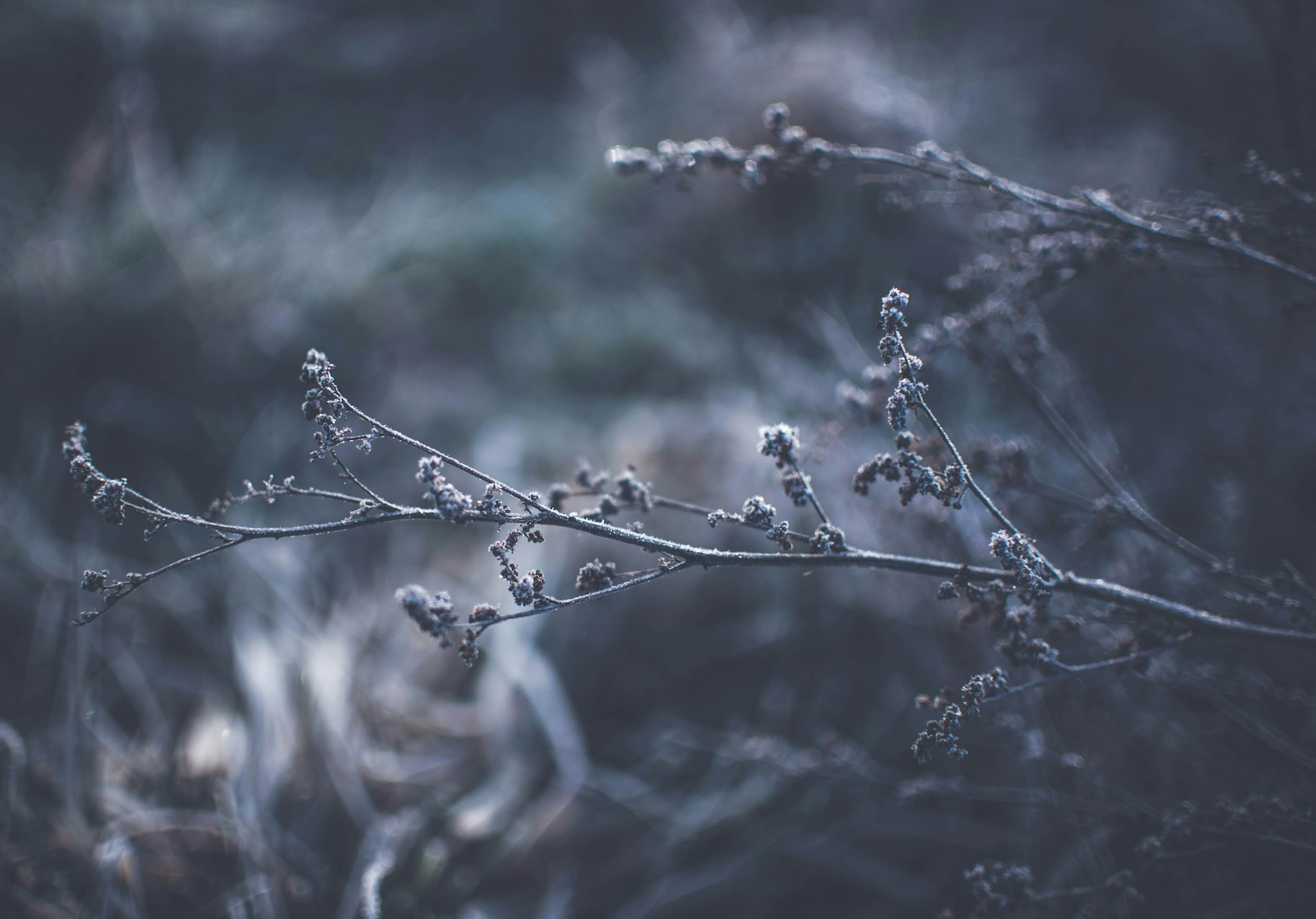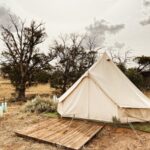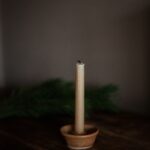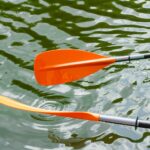When venturing into the great outdoors, keeping dry is crucial to comfort and safety. After conducting extensive research and practical experiments, we’ve gathered some valuable insights on different waterproofing methods for your outdoor wear. Whether you’re a newbie camper or a seasoned adventurer, understanding the best waterproofing techniques can make or break your outdoor experience.
Article Topic: The Ultimate Guide to Waterproofing Your Outdoor Gear: Techniques, Tips, and Product Recommendations
Introduction
Exploring the wilderness offers unparalleled freedom and adventure, but it comes with its challenges—foremost among them being the elements. The importance of waterproof gear in camping cannot be overstated. It enhances your experience and ensures you stay safe, warm, and dry, even in unexpected downpours. Proper rain gear can be the difference between a memorable outing and an uncomfortable, even dangerous, ordeal due to exposure and hypothermia risk.
Section 1: DIY Waterproofing Methods
Beeswax Treatment
When it comes to natural waterproofing methods, beeswax stands out for its effectiveness, especially on cotton canvas. Reflecting on a personal experience, I successfully waterproofed my trusty cotton canvas jacket by using beeswax. The process involved rubbing a block of beeswax directly onto the fabric, and then melting it with a hairdryer. This method created an excellent barrier against moisture without compromising the breathability of the jacket.
- Application Process: Rub beeswax thoroughly over the fabric. Use a hairdryer to heat the wax so it melts into the fabric. Repeat the process to ensure full coverage.
- Maintenance Tips: Reapply every few months, especially after heavy use or washing. Over time, wax can wear off and may need refreshing.
- Potential Drawbacks: Applying beeswax can cause discoloration and stiffness, making it less suitable for certain types of garments.
Section 2: Commercial Waterproofing Products
Silicone Spray
For those who prefer a more straightforward approach, silicone sprays are a popular choice. A silicone spray review for waterproofing fabric revealed its superior performance in light rain conditions compared to beeswax, especially with synthetic fabrics. Though easier to apply, silicone sprays need more frequent reapplications to maintain their effectiveness.
- Suitable Fabrics: Ideal for synthetic materials like nylon and polyester, which are commonly used in outdoor gear.
- Usage Scenarios: Perfect for light rain or mist conditions and quick fixes; less effective for prolonged exposure to heavy rain.
- Application Tips: Spray evenly on clean, dry fabric. Multiple coats might be necessary for complete coverage.
Section 3: High-Performance Waterproof Apparel
Gore-Tex Technology
When it comes to extreme outdoor conditions, Gore-Tex technology remains the gold standard. Products like the Helly Hansen Gore-Tex Soft Shell jacket offer unparalleled waterproof and breathable protection. Imagine standing under a waterfall and remaining completely dry—such is the performance level of Gore-Tex fabrics.
- Technological Edge: Gore-Tex membranes are engineered to provide waterproof and windproof protection while allowing sweat to escape, keeping you comfortable.
- Benefits for Various Activities: Ideal for activities ranging from skiing to hiking, providing reliable protection under the harshest weather conditions.
- Sustainability Considerations: Gore-Tex is committed to sustainability, with the latest lines emphasizing eco-friendly production processes without compromising performance.
Section 4: Comparative Analysis
Beeswax vs. Silicone Spray vs. Gore-Tex
Choosing the right waterproofing method depends on various factors like material, application ease, and the environmental conditions you expect to face. Below is a comparative analysis to help make an informed decision.
- Beeswax:
- Pros: Long-lasting, eco-friendly, easy to apply for DIY enthusiasts.
- Cons: Can cause fabric stiffness and discoloration, not suitable for all materials.
- Cost: Generally inexpensive, requires few tools.
- Silicone Spray:
- Pros: Quick application, effective on synthetics, portable.
- Cons: Requires frequent reapplication, not as durable as beeswax.
- Cost: Moderate, varies based on brand.
- Gore-Tex:
- Pros: Superior waterproofing, breathability, durability.
- Cons: High cost, overkill for casual activities.
- Cost: Premium pricing, but often justified by longevity and performance.
Section 5: Tips for Maintaining Waterproofed Gear
Regular Maintenance Tips
Once you’ve waterproofed your gear, proper maintenance is key to ensuring longevity and performance. Here are some essential tips:
- Re-application Intervals: Beeswax treatments should be re-applied every few months, while silicone sprays might need a touch-up every few weeks, especially after exposure to rain. High-performance Gore-Tex gear generally requires less frequent maintenance but should still be checked regularly.
- Cleaning Instructions: Clean your gear with non-detergent soaps like Atsko Sports Wash to remove contaminants without damaging the waterproof treatment. Avoid standard detergents as they can leave residues impairing waterproofing.
- Post-Cleaning Care: After cleaning, consider an additional application of a waterproofing agent to maintain effectiveness. Products like Nikwax for wax-based fabrics or McNett ReviveX for DWR coatings come highly recommended.
Conclusion
Choosing the right waterproofing method for your outdoor gear is a personal decision that should be based on the materials of your gear, the intensity of your outdoor activities, and your frequency of use. Whether you choose the traditional beeswax treatment for a rustic approach, the convenience of silicone sprays, or the high-performance reliability of Gore-Tex technology, staying dry and comfortable is achievable with the right preparation and products.
Investment in quality waterproof gear and regular maintenance not only ensures safety from the elements but also significantly enhances your overall outdoor experience. So, gear up, waterproof wisely, and enjoy your adventures in the wilds, no matter the weather!




